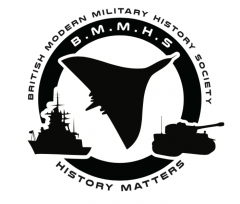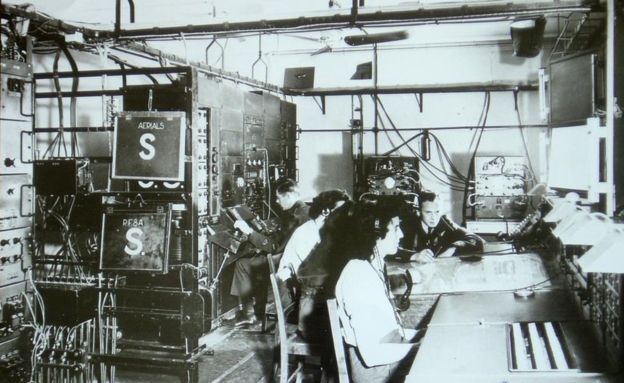Bawdsey Radar Transmitter Block – ‘First in the Field’
An article kindly supplied by the team at Bawdsey Radar Trust
The Bomber will get through
During the 1920s the prospect of aerial bombardment of civilian areas in any future war was causing the government great anxiety. With enemy airfields potentially only 20 minutes away aircraft could drop their bombs and return to base before fighters could intercept. It was thought that detection of bombers could be made using sound but experiments with acoustic mirrors constructed from concrete were proving futile. In 1934 the Air Ministry set up a committee chaired by Sir Henry Tizard to look at other methods of air defence in the UK.
Rumours of a German "death ray"
Germany was rumoured to be developing a ‘death ray’ using radio waves and in January 1935 Tizard contacted Robert Watson Watt about the possibility of building such a device to be used against aircraft.
Robert Watson Watt was a direct descendant of James Watson, inventor and engineer. Born in Brechin, Scotland in 1892, Watson Watt graduated with a degree in engineering and was encouraged to study radio by his professor at the time. Watson Watt wanted to work for the War Office but lack of an obvious opportunity led him to a job at the Meteorological Office, based in Aldershot, investigating the use of radio in detecting thunderstorms. The Met Office moved to Ditton Park near Slough, a site shared with the National Physical Laboratory (NPL). The two, the Met Office and the NPL, were merged in 1927 becoming the Radio Research Station, with Watson Watt as Director then as Superintendent in 1933 of the Radio Department.
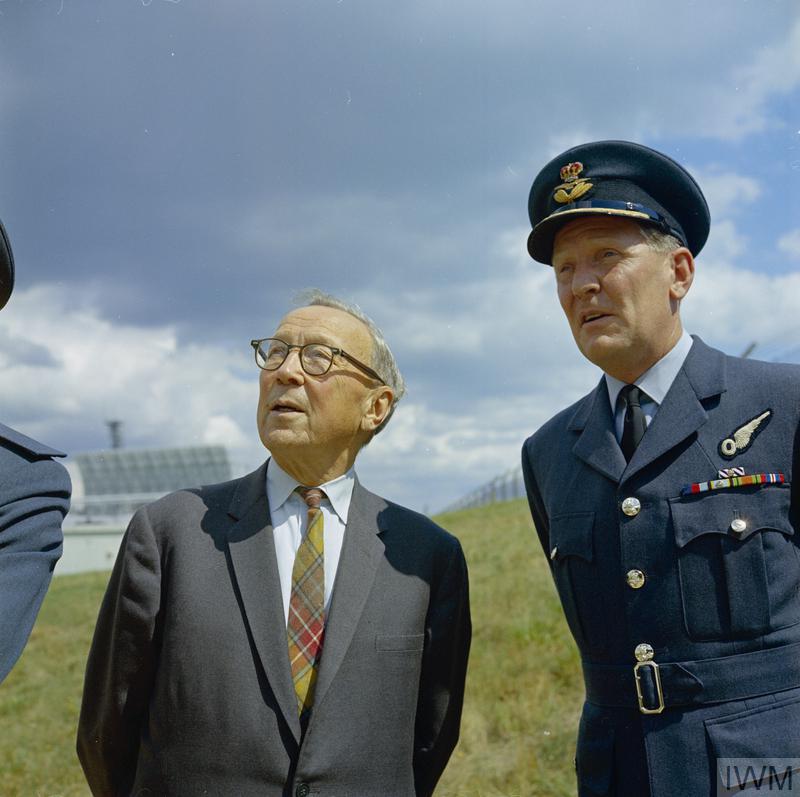
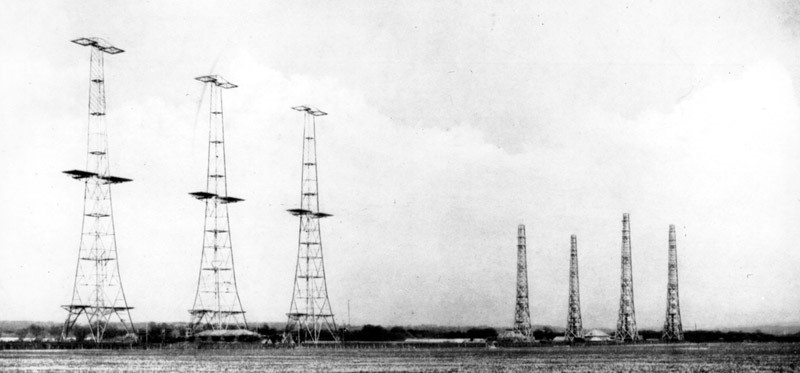
The Daventry Experiment
Back to the idea of a death ray. Watt’s team quickly realised that the amount of energy required made such a device impracticable but concluded that radio waves could be capable of detecting aircraft using a calculation by Watson Watt’s assistant Arnold Wilkins. A demonstration was ready by 26th February 1935 and consisted of two receiving antennas located near one of the BBC’s shortwave broadcast stations at Daventry which was used as the transmitter. A clear signal was detected from a Handley Page Heyford bomber being flown around the site and the experiment was declared a huge success. The Daventry Experiment, as it became known, was a turning point.
Chain Home Prototype
In mid-May 1935 Watt’s now chief assistant ‘Skip’ Wilkins went with a small party to continue detailed radio wave research at Orford Ness. By June they were detecting aircraft at 27 km and by the end of the year the range was up to 100 km, at which point plans were made in December 1935 to set up a chain of stations to protect the East Coast. As the first fully operational radio direction-finding site in Great Britain RAF Bawdsey served its purpose as the Chain Home prototype extremely well. These radar stations proved invaluable as the war progressed, in particular during the Battle of Britain in the summer of 1940 when the RAF were heavily outnumbered and early detection was crucial to their success in the air.
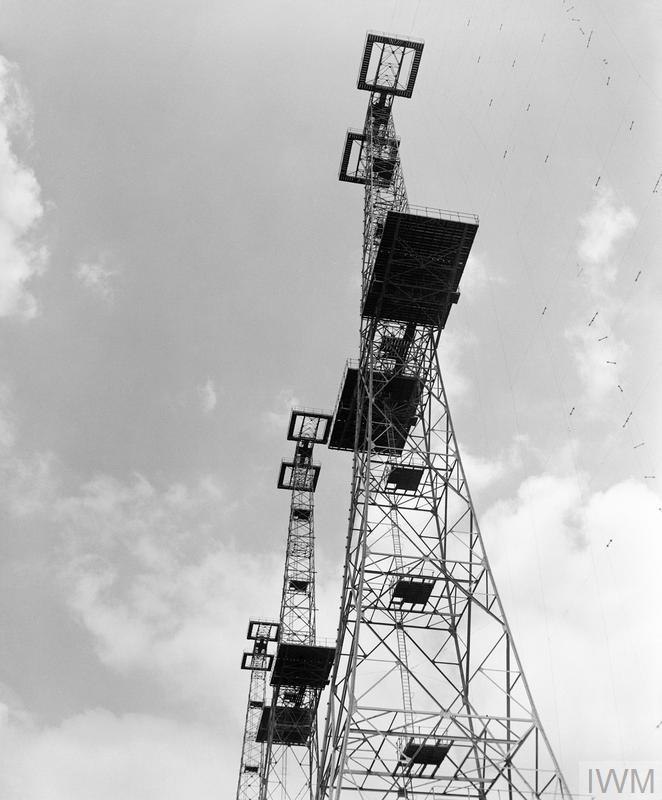
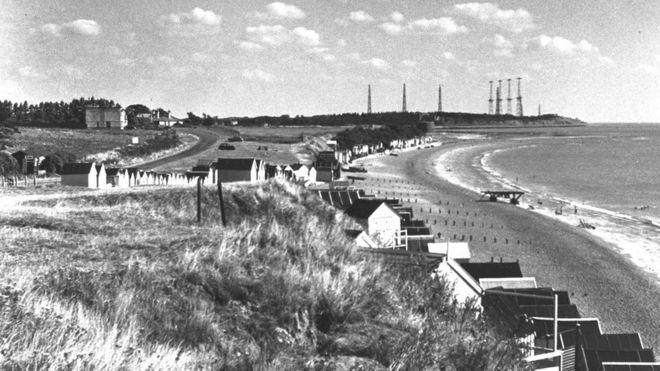
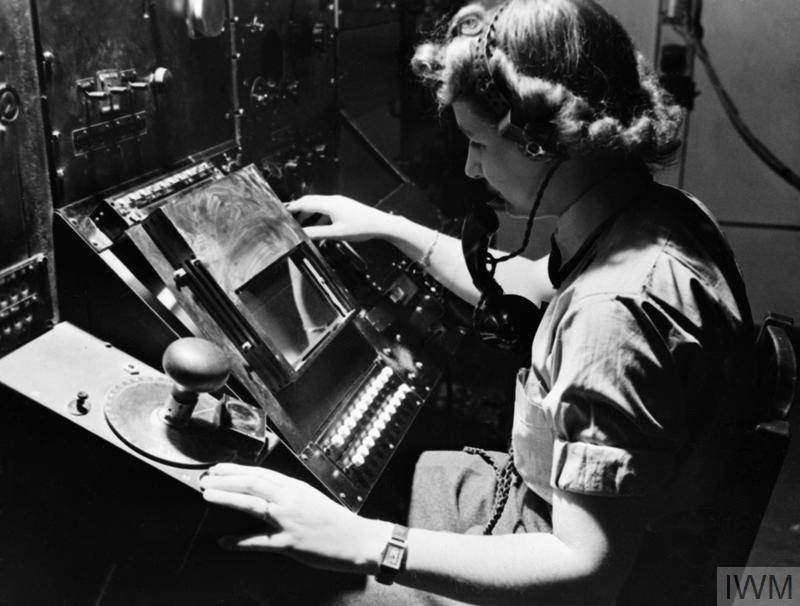
RAF Bawdsey radar Station
RAF Bawdsey continued to operate as a radar station throughout WW2 and into the Cold War, finally closing in 1991. At that time many of the key buildings on the estate were listed by English Heritage, with the Transmitter Block given Grade II* status, although sadly it also soon occupied a place on the ‘buildings at risk’ register. Bawdsey Radar Group was formed by a group of local people in the autumn of 2003. Its formation came about following the opening to the public of the Transmitter Block by a small group of radar enthusiasts one weekend in July of that year. Although they expected only a few visitors to turn up nearly a thousand arrived. Following this response, a public meeting was held at Bawdsey Manor and it was decided to set up a larger group to take on the challenge of restoring and opening up the Transmitter Block to the wider public. In 2004 the block was included in the BBC2 series Restoration which featured endangered historic buildings. It won fourth place which gave the site widespread recognition of its significance in Britain’s history.

Bawdsey Radar Trust
The Group became a Trust in 2008 and commissioned an initial options appraisal by The Morton Partnership, funded by the Architectural Heritage Fund. By 2012 the state of the Transmitter Block was so poor it was now or never in terms of applying for funds to save the building and to create a new exhibition to tell the site’s remarkable history. In 2013 Bawdsey Radar was awarded a National Lottery Heritage Fund development grant and in 2015 a grant of £1.4m towards a total project cost of £1.8m. Historic England gave a grant of £196,000 towards the repair of the concrete blast walls with a view to removing the Transmitter Block from the ‘at risk’ register.
We were fortunate to build an enthusiastic and skilled team for this unique project. Lead Consultant and Architect was Jerry Lander of Freeland Rees Roberts, The Morton Partnership continued as structural engineers, Concrete Renovations Ltd were appointed for the concrete works and PLB Exhibition Designers Ltd worked on the exhibition.
The restoration work at Bawdsey
The concrete repairs were the most pressing. The restoration plan was to create a long-lasting repair to the concrete blast walls without changing their appearance. Specifically, concrete repairs were modified using coloured mortars and washed aggregates to simulate the colour of the original concrete. Day joints and shuttering board marks were incorporated into the concrete surface to reproduce the original construction techniques. The 80-year ageing process was simulated by flashing the repair surfaces with a fine grit-blasting media. Finally, a migrating corrosion inhibitor and an impregnation cream were installed as part of the 25-year maintenance plan. For their work on the project Concrete Renovations have recently been granted an award of merit by the International Concrete Repair Institute.
The other main area of concern was the roof. This was constructed with a brick parapet that held 1.5m of shingle (taken from the nearby beach), to stop potential direct bomb hits that would have destroyed the Block. Over the years water had penetrated the shingle and the roof causing damage to the interior. The solution was to remove one third of the shingle, carry our repairs, create a retaining wall, move the next third of shingle into the completed section and so on until finally the first third of shingle was returned and the roof sealed with tarmac. This work was carried out by our main contractor Elliston Steady & Hawes Ltd. The building has now been removed from the ‘at risk’ register
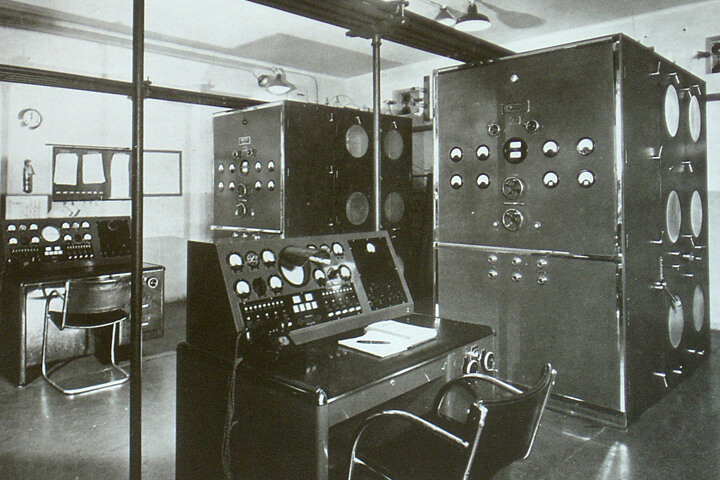
Interior works were designed to retain the character of the building whilst providing a showcase for the beautifully-designed exhibition that has incorporated both traditional and digital forms of interpretation to tell this fascinating story. The construction project began in late September 2016 and we were able to reopen with a soft launch, to test the building and ourselves, in October 2017.
Both 2018 and 2019 have been both exciting and rewarding – building an incredible team of volunteers, welcoming more than 5000 visitors each season and winning both Shop of the Year and Suffolk Small Museum of the Years awards. In July 2018, the Duke of Gloucester cut an official looking ribbon and the sun shone. Events, activities, talks and social media have been important for maintaining and attracting new audiences. Behind the scenes work includes collections management, training, conservation, an application for museum accreditation and developing our social media and digital presence.
The Transmitter Block is currently open on selected dates. Pre-booked slots are available by phoning 07821 162879
Due to COVID-19 Please check the Bawdsey Radar Trust Website for the latest details.
Bawdsey Radar Trust
Click here for further details Bawdsey Radar Trust
Click to see full BMMHS event listing pages.
Contact us at info@bmmhs.org
Copyright © 2024 bmmhs.org – All Rights Reserved
Images © IWM & NAM
